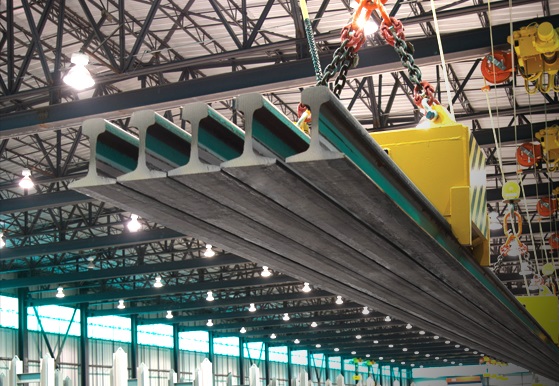Steel Dynamics Signs Largest Ever North American Steel Industry Renewable Energy Deal

US-based steel producer and metals recycler Steel Dynamics announced that it has signed a 308 MW Renewable Product Purchase Agreement (RPPA) with a subsidiary of NextEra Energy Resources, the largest of its kind to date for the North American steel industry.
Steelmaking is one of the biggest emitters of CO2 globally, with total greenhouse gas emissions (GHG) from the sector accounting for 7% – 9% of direct emissions from the global use of fossil fuels.
Steel Dynamics produces steel using electric arc furnace (EAF) technology, which uses recycled ferrous scrap as the primary raw material, and does not require the smelting of virgin iron ore or the burning of coal, generating substantially lower levels of carbon emissions with less energy intensity relative to traditional blast furnace steelmaking technology.
The new Texas-based windfarm, anticipated to be operational in 2024, is expected to produce approximately 1.1 million MWh of electricity annually, equivalent to 16% of Steel Dynamics’ annual electricity usage, enabling the company to exceed its goal to reach 10% renewable electricity by 2025, and move closer to its 2030 goal of 30%.
The goals were set in 2021, alongside a target by the company to achieve carbon neutrality in its electric arc furnace (EAF) steel mill operations by 2050.
Mark D. Millett, Chairman and Chief Executive Officer of Steel Dynamics, said:
“Steel Dynamics is already a leader in the production of lower-carbon steel products, with our steel mills’ greenhouse gas emissions among the lowest in the industry globally. This investment represents a significant step forward on our path to carbon neutrality. The steel industry is vital to a healthy manufacturing base and sustainable infrastructure, and we produce the steel required for a sustainable future.”
Rebecca Kujawa, President and Chief Executive Officer of NextEra Energy Resources, added:
“Large energy consumers, such as Steel Dynamics, are well suited to benefit from the development of large renewable energy projects. We are committed to leading the decarbonization of the U.S. economy, and meaningful collaborations like this will be key to meeting corporate, industry, and national carbon emissions reduction goals.”